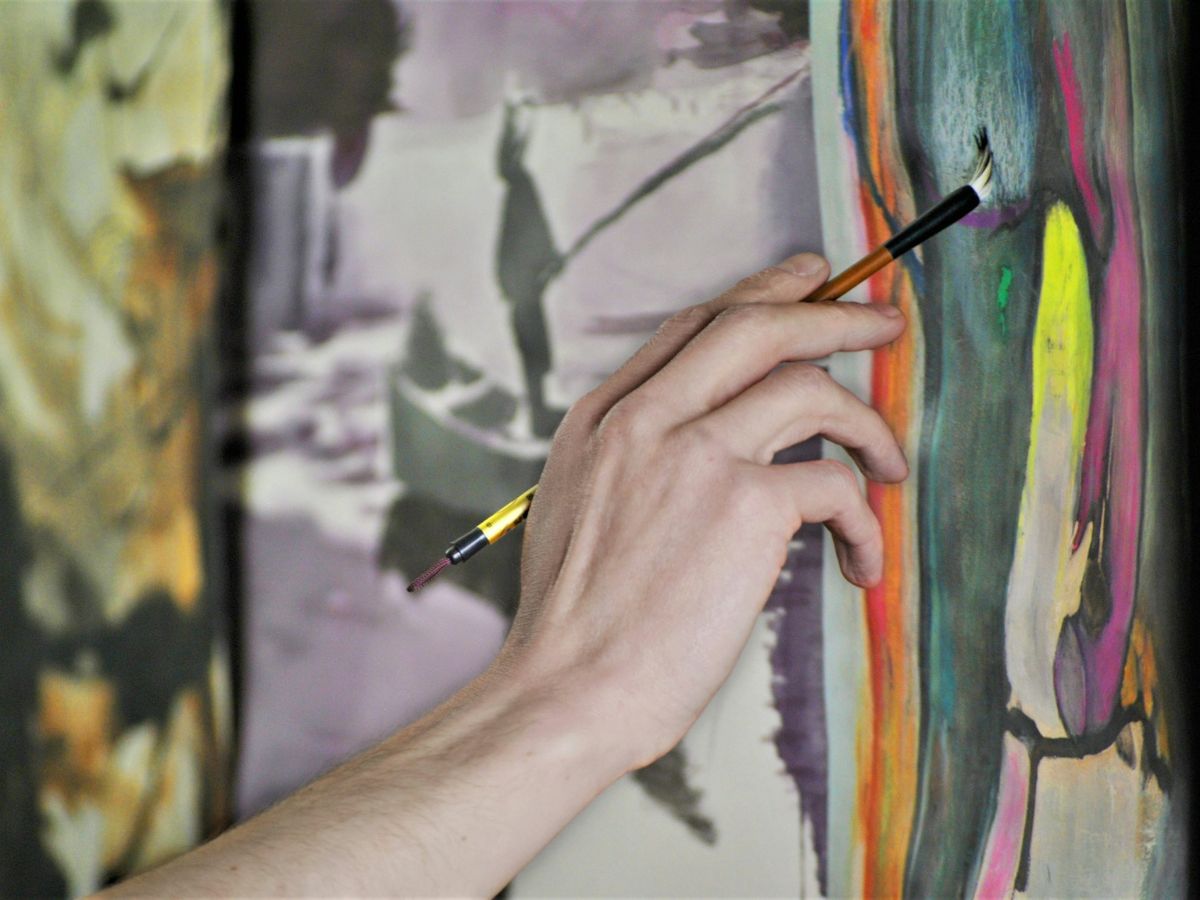
4 Tips for Choosing the Right Brushes for your Canvas Art
When it comes to painting on canvas, selecting the right brush can make a huge difference in how your artwork turns out. Just like the paints you use, your brushes are tools that shape the texture, details, and overall quality of your piece. Understanding the type of brushes, their shapes, and materials will empower you to make informed choices for your artwork.
1. Understanding Brush Shapes
The shape of your brush plays a critical role in how you apply paint to your canvas. Here are some common brush shapes and how they can affect your work:
- Round Brushes – Ideal for detailed work, thin lines, and controlled strokes. If you want to create delicate lines or intricate details, a round brush is a great option.
- Flat Brushes – Perfect for bold, sweeping strokes and filling larger areas. They provide smooth coverage and are also great for blending
- Filbert Brushes – This hybrid of round and flat brushes is versatile, allowing for both detailed work and broader strokes. The slightly rounded edge makes it excellent for soft blending and creating organic shapes.
- Fan Brushes – Best for texture and effects like painting foliage, clouds, or soft shading. If you’re working on landscapes or adding textured details, a fan brush could be your go-to tool.
Knowing which brush shape to use allows you to achieve various effects and control how paint is applied to your canvas.
Learn more about paint brushes here.
2. Natural vs. Synthetic Bristles
Brush bristles are typically made from either natural or synthetic materials. The type of bristle will impact your paint application.
- Natural bristles – Made from animal hair, such as hog, sable, or camel. These brushes are typically more expensive but offer superior paint retention and smoother application. Natural bristles work well with oil paints because they can hold and distribute thicker paints more effectively.
- Synthetic bristles – Usually made from nylon or polyester, synthetic brushes are more affordable and work well with water-based paints like acrylics. They are durable, easy to clean, and offer good precision for detailed work.
Consider the type of paint you’re using when deciding between natural and synthetic bristles. For example, synthetic brushes are ideal for acrylic paints, while natural bristles are often better suited for oil paints.

3. Brush Size Matters
The size of the brush is another important factor to consider. Larger brushes (size 10 or higher) are ideal for painting large areas or broad strokes, while smaller brushes (sizes 1-4) are great for details and precision work.
Experimenting with brush sizes can help you find what works best for your personal style. Larger brushes are perfect for base coats and backgrounds, while smaller brushes will allow you to refine your details and sharpen your artwork’s precision.
4. Choosing the Right Handle Length
Brushes come in short or long handles, each serving a different purpose. Short-handled brushes provide more control and are excellent for close-up work. These are often used by artists working on small canvases or doing fine details. Long-handled brushes allow you to stand back and paint from a distance, which is beneficial for larger canvases and freer, looser strokes.
Selecting the right brush for your canvas art involves understanding the shapes, materials, and sizes that suit your painting style and the type of paint you’re using. Whether you need fine lines, smooth blends, or bold strokes, choosing the right tools can elevate your work and make your painting process more enjoyable.